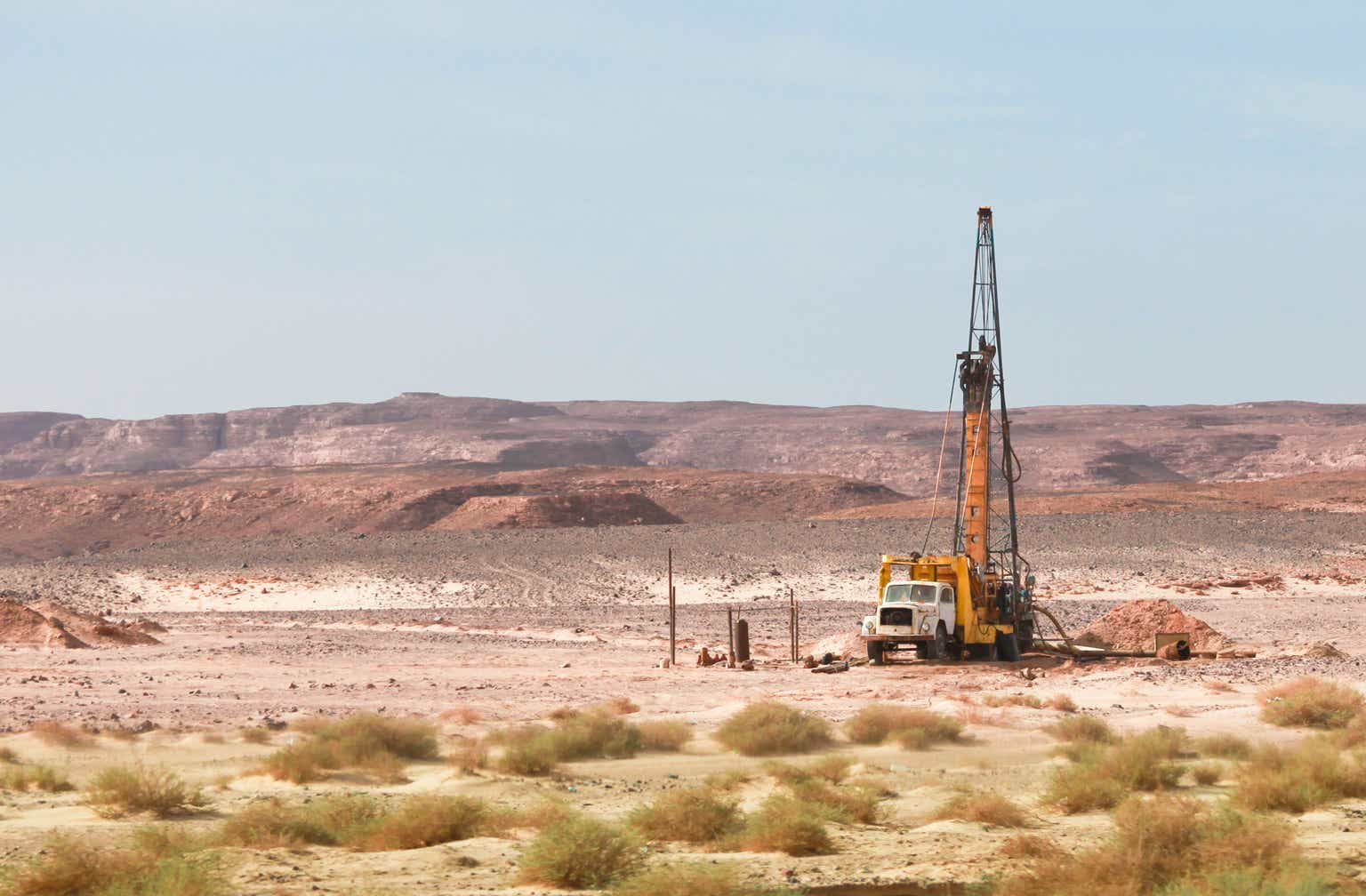The culprit? A geomagnetic storm, spurred by high-energy particles and magnetism emanating from a sunspot — a bruiselike discoloration on the surface of the sun. That same sunspot cluster, which spent several weeks in hiding on the back side of the sun, is now rotating back toward Earth once again.
There’s a chance that more geomagnetic storms of varying strength could be in the offing over the next two weeks or so as the sunspot transits left to right across the solar disk. (It takes about 27 days for the sun to rotate once.) It’s unlikely that another extreme geomagnetic storm occurs in the near future, but moderate to severe geomagnetic storms aren’t out of the question if a solar eruption ejects from the favorably positioned sunspot cluster.
It’s technically the third time that this sunspot cluster has faced Earth. It spent the first half of May aiming toward us, and then returned at the end of the month into early June. Now Earth is in the line of fire once again.
Each time the sunspot cluster returns to the Earth-facing side of the sun, it’s assigned a new number. In May, it was “Active Region 3664.” Then 3697. Now it’s AR3723 — and it’s crackling with magnetism.
On Sunday, for example, AR3723 spat out an M-class solar flare. That’s the second highest tier on the scale (it goes A, B, C, M and X, with X-class flares being the biggest). The pulse of radiation helped ionize Earth’s upper atmosphere, creating a reported shortwave radio blackout over the Atlantic for several hours. And AR3723 is primed to spit out more magnetic hiccups in the days and weeks ahead.
Solar flares are intense explosions of high-energy particles and electrons that race through space at nearly the speed of light. They appear as intense bursts of light flickering on the sun. Slower-moving shock waves of magnetism, known as coronal mass ejections (CMEs), sometimes follow; they barrel through space like interstellar tsunamis. If a CME strikes Earth, its chaotic magnetism can interact with Earth’s magnetic field, producing episodes of the northern (and southern) lights.
It’s too early to know exactly what AR3723 has in store.
It will take another day or so to rotate into better view of observational satellites, which will help scientists at the Space Weather Prediction Center in Boulder, Colo. to better determine its magnetic structure. From there, the scientists can make probabilistic forecasts — projecting, for example, the odds of an M-class or X-class solar flare within a given time frame. These flares send high-energy particles toward Earth, which can lead to shortwave radio blackouts on the sunlit side of the planet.
The sunspot cluster is much smaller than it once was. But its magnetic structure is, evidently, still sufficient to spit out strong flares. The Space Weather Prediction Center noted that AR3723 “remained the most magnetically complex spot group” but hadn’t evolved much in the past day or so.
“I’m back” says AR3664, sunspot cluster that gave us the magnificent May 10-11 auroral display. Although diminished in size it still packs a punch. Centered around 1303 UTC / 6:03 AM PDT it unleased a near-X-class flare that temporarily degraded HF comms.@TamithaSkov @K3TripleR pic.twitter.com/cv4TTJtdhF
— Peter Vogel (@PeterVogel) June 23, 2024
Credit: Source link































